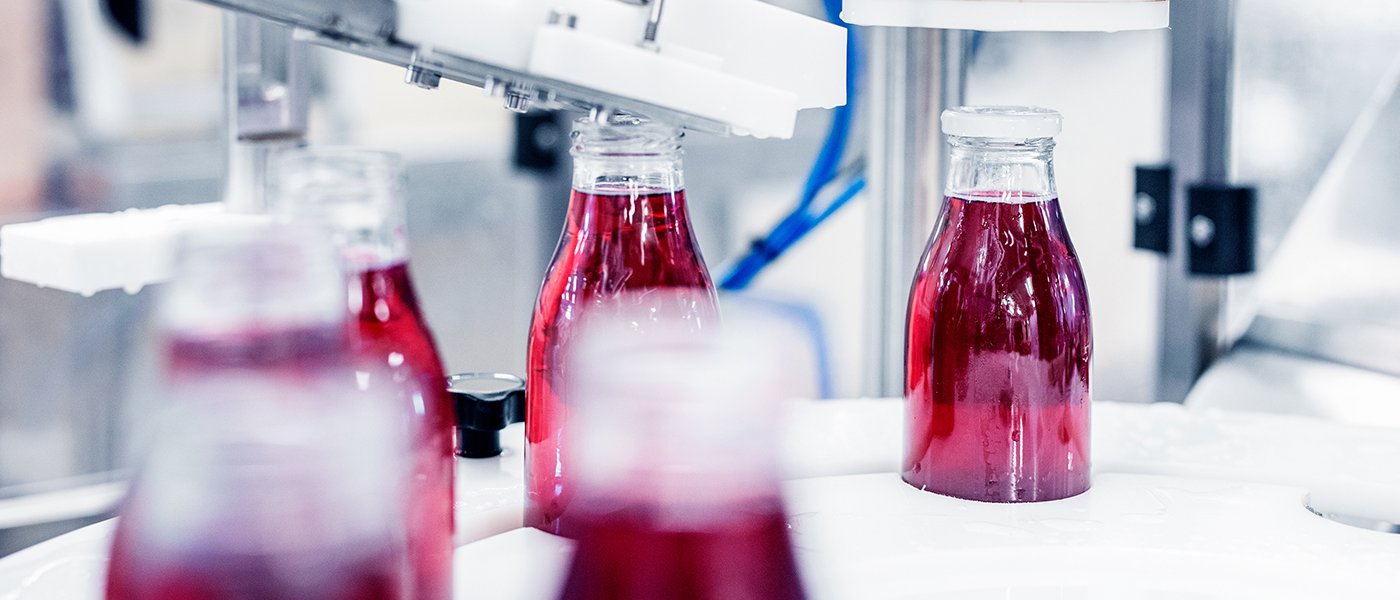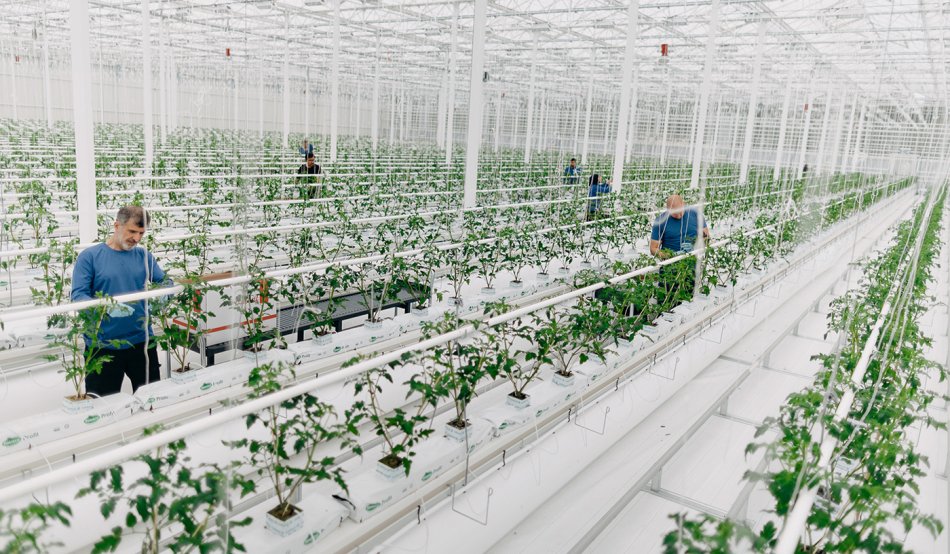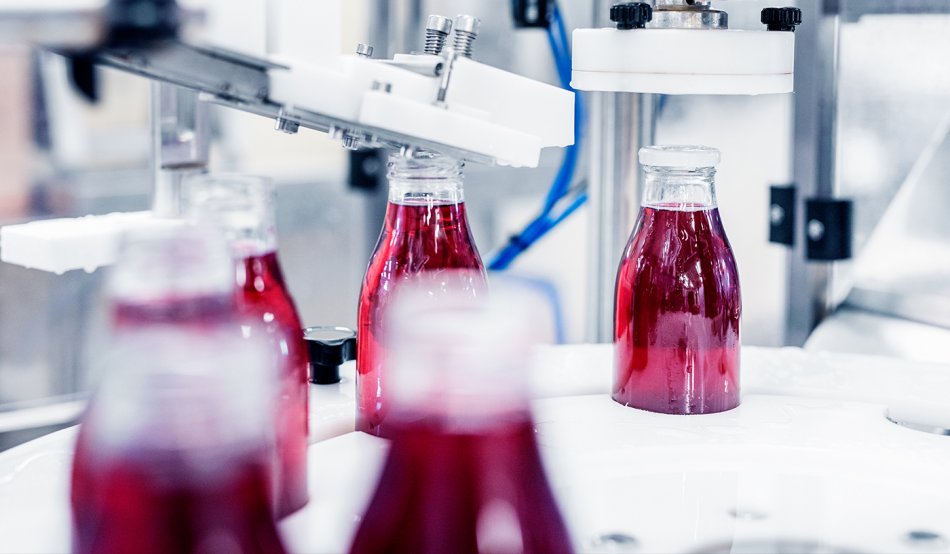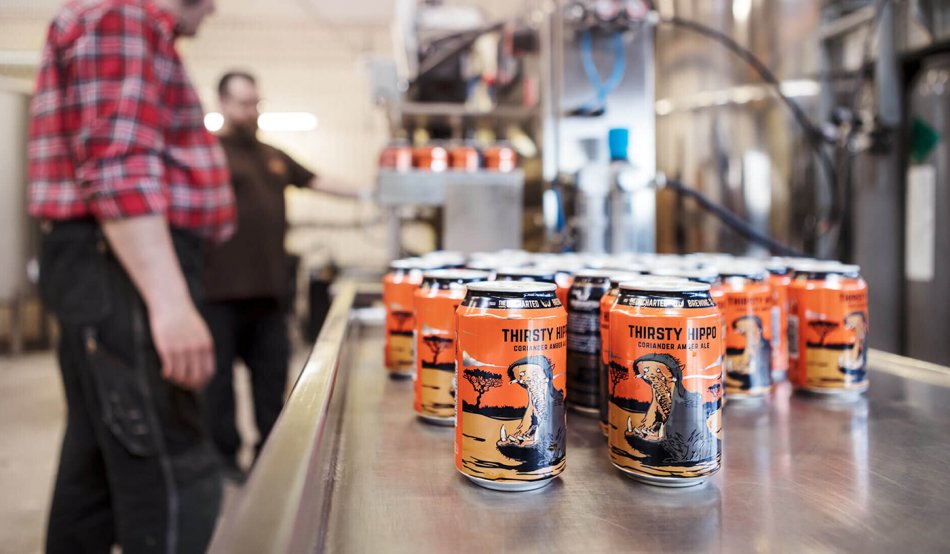Sweden’s southernmost region, Skåne, has a thriving foodtech and innovation scene that’s addressing climate change needs across the entire food value chain, from production and distribution to consumption and recycling. It’s where the food systems of the future are being invented today.
Home to food industry disruptors
The region is home to over 100 foodtech companies developing solutions from alternative dairy and functional foods to compostable packaging and circular bioeconomy. It’s also where international industry disruptors, like Tetra Pak, Ecolean, and Oatly, started. Known as Sweden’s skafferi (larder/pantry), Skåne’s abundance of food-related companies comes as no surprise. The region grows, processes, and packages 30% of all the food eaten in Sweden.
“There’s a closeness to agriculture here, and there’s always been an industry around agriculture,” Almqvist explains. “And the innovation system in Skåne is rushing to adapt to meet the needs of emerging and scaling food companies.”
The innovation system Almqvist refers to encompasses a wide range of organisations and institutions like the incubator and science park where he works, as well as testbeds and research facilities. It’s a knowledge-intensive ecosystem built on a foundation of universities performing food-related research.
Oat milk was invented here in the 1990s
Skåne’s Lund University is where a faculty member developed oat milk in the 1990s. Since Swedish university researchers have full ownership of their discoveries, that scientist was able to turn their breakthrough into the company Oatly.
There’s also the vast Alnarp campus of the Swedish University of Agricultural Sciences (SLU), with hectares of farmland for studying early phases of food production.
“We’re dealing with all the agricultural activities resulting in raw food materials,” says Nicholas Jakobsson, Senior Innovation & Business Advisor at SLU Holding, the university’s arm for helping researchers bring their discoveries to market. Some of that work involves CRISPR-Cas9 gene editing for plants (“which is not GMO,”Jakobsson is quick to explain), biological pesticides and fertilisers, and drone technologies for targeted plant breeding.
Yet the most cutting-edge food research in Skåne is still to come.
“We now have the tools to deepen our understanding of food structure,” says Professor Tommy Nylander, Research Group Leader for Northern Lights on Food at LINXS
Advanced tools for understanding food structure
The city of Lund will soon be the site of two major research facilities: MAX IV Laboratory, a synchrotron (X-ray) light source already in operation, and the European Spallation Source (ESS), an accelerator-based neutron source set to open in 2027. The complementary facilities will provide new ways of observing and understanding materials on a deeper level than ever before.
“This technology also exists in other places. It’s just that these facilities will be the best in the world,” says Professor Tommy Nylander, who heads up the food-focused research group for the Lund Institute of Xray and Neutron Science (LINXS) using MAX IV and ESS.
According to Nylander, insights researchers gain via MAX IV and ESS will likely change how the food sector operates. “We now have the tools to deepen our understanding of food structure,” he explains. “And then we can design processes that take better care of the nutritional value of the raw material.”
The final ingredient? A collaborative community
Academic and industrial food scientists and researchers will come from around the world to conduct experiments at MAX IV and ESS. “These two facilities, together, will really be a boom for food science in the region,” says Nylander.
But such a boom is only possible because of combined aspects unique to Skåne: the deep-rooted industries of agriculture and food production across the whole value chain, the established institutions of food science research, and a strongly supported foodtech startup scene.
“There’s also a long tradition of working together and knowing each other. That’s a big part,” says Emma Nordell, Project Manager at Lund University’s Collaboration Office, where she works closely with food scientists to help develop projects applying their research.
Like a final ingredient that ties the mix of flavours in a complex dish, Skåne's spirit of collaboration unifies all the elements of its foodtech ecosystem and is priming it for future breakthroughs.
"The knowledge created here will be amazing and lead to new innovations," says Nordell.








